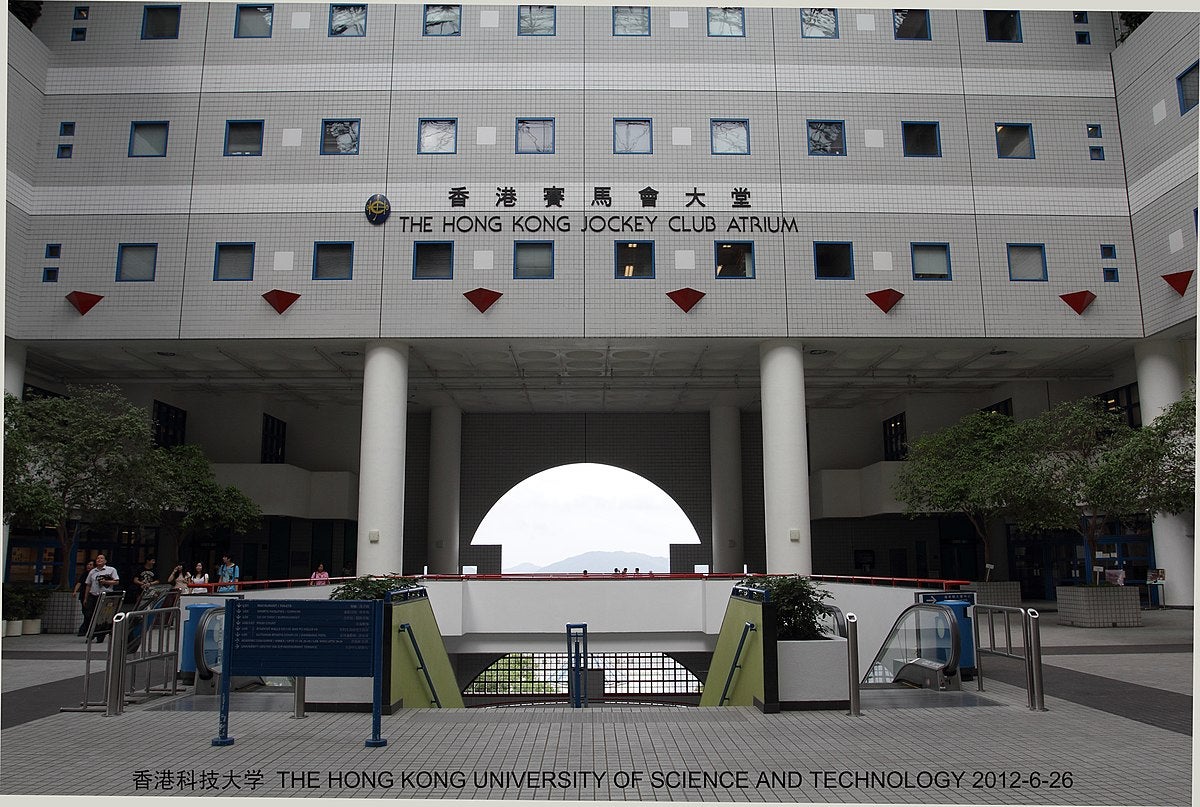Election Fallout Prompts Overhaul
The PAGCOR leadership resignation unfolds against the backdrop of political turbulence in the Philippines following the May 2025 midterm elections. The record voter turnout (over 70 million) signaled public discontent with President Marcos Jr.’s administration. With the ruling party only garnering 30% support, Marcos framed the resignations as essential to enhance government performance, declaring: “It’s time to realign government with the people’s expectations… The people have spoken, and they expect results—not politics, not excuses.”
This weak public approval is compounded by backlash over the arrest of former President Duterte, who remains popular with the public. He faces accusations by Marcos’ government of human rights violations during his reign.
The Governance Commission for Government-owned and controlled corporations (GOCCs) formalized the restructuring through a sweeping directive ordering 168 agency heads to submit resignations. The authority emphasized alignment with the President’s mandate to “recalibrate and realign his administration’s policies and priorities with the people’s expectations.”
Courtesy Resignations
PAGCOR Chairman Alejandro H. Tengco confirmed he and four colleagues—President Wilma Eisman and Directors Ortega, Concordia, and Remulla—submitted resignations proactively last week before Malacanag’s directive for GOCC leaders. Tengco underscored compliance with protocol, stating: “We serve at the pleasure of the President, and we will accept whatever the Chief Executive’s decision will be.”
Strong Operations Amid Political Changes
PAGCOR’s operational strength remains unimpaired, as witnessed by its record PHP28 billion (US$502.9 million) Q1 earnings, an 11.2% surge year-on-year. The commission also contributed PHP12.67 billion (US$228 million) to the National Treasury in the 2024 financial year, exceeding the mandated 25% remittance. This financial vigor, alongside its pivotal role in the Philippines’ removal from the FATF grey list, confirms that the leadership changes are rooted in structural recalibration rather than performance concerns.


































.jpg)

